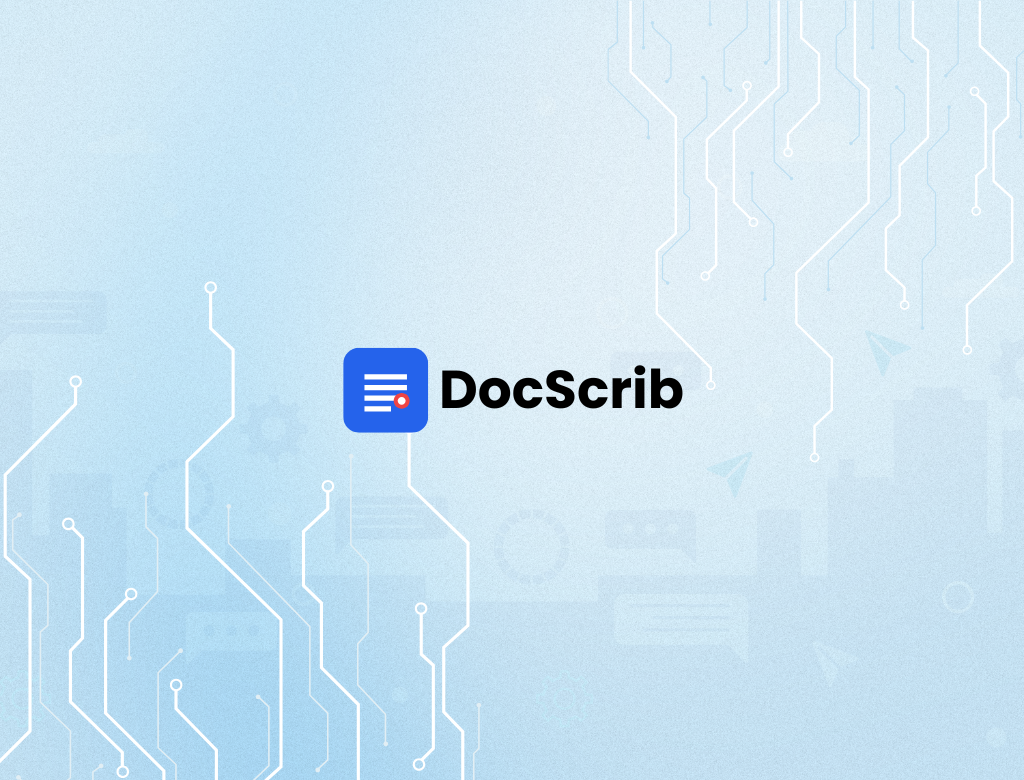1. Real-World Success at Scale
A recent AMA spotlight reveals that The Permanente Medical Group—supporting over 3,400 physicians—used ambient AI scribes in 303,266 patient encounters over 10 weeks, saving clinicians an average of one hour per day on EHR documentation
2. Strong Clinical & Patient Outcomes
-
Providers report being “blown away” as ambient AI scrubbing non-clinical chit-chat while capturing core medical details .
-
AAFPs research indicates substantial EHR workload reduction, with growing interest as burnout persists among clinicians.
3. Challenges Heard (and Solved)
-
Hallucination awareness: Some AI tools misdocument, e.g. recording a prostate exam that didn’t occur—but these issues are rare, and can be managed with strategic review workflows.
-
Adoption barriers: Privacy frameworks, clinician training, and clear rollout procedures are essential—and successful systems employ all three.
“From Burnout to Balance: How Ambient AI Scribes Are Transforming Clinical Documentation”
Busy clinicians are spending hours each day wrestling with EHRs instead of focusing on patient care. But whatif ambient AI scribe systems—now deployed at scale—are turning that around? Success stories from major health systems offer a path forward.
1. A Proven Win: The Permanente Medical Group
➡️ Over 3,400 physicians deployed ambient AI scribes across 21 centers.
➡️ Used in 303,266 patient visits over 10 weeks.
➡️ Clinicians saved an average of one hour per day on documentation.
2. Boosting Interaction Quality
-
AI filters out non-clinical banter—like small talk about pets—and captures only clinically relevant content.
-
Clinicians report improved eye contact and patient engagement, enhancing trust and satisfaction.
3. Managing AI Shortcomings
While rare, AI hallucinations do occur—e.g., misrecording procedures.
Effective mitigation steps include:
-
Integrating a live review step before finalizing notes.
-
Monitoring for inconsistencies to prevent downstream errors.
4. Key Factors for Successful Roll-Outs
-
Ease of use: Systems must be intuitive without creating workflow hurdles.
-
Privacy-first deployment: Patient consent, data encryption, and audit logs are essential.
-
Training & support: Dr. Lee highlights the importance of webinars and in-clinic trainers during rollouts.
5. Measuring Impact with DocScrib
By deploying ambient AI scribes like DocScrib, you can:
-
Reduce documentation time by up to 60 minutes daily per provider.
-
Increase patient-facing attention and satisfaction.
-
Monitor AI accuracy and hallucination rates through audit dashboards.
-
Track clinician well-being and reduced burnout over time.
Conclusion
Ambient AI scribes aren’t just buzz—they’re delivering real time savings, better patient focus, and improved clinician experience. With strategic implementation, they can transform how healthcare teams operate, one interaction at a time.
